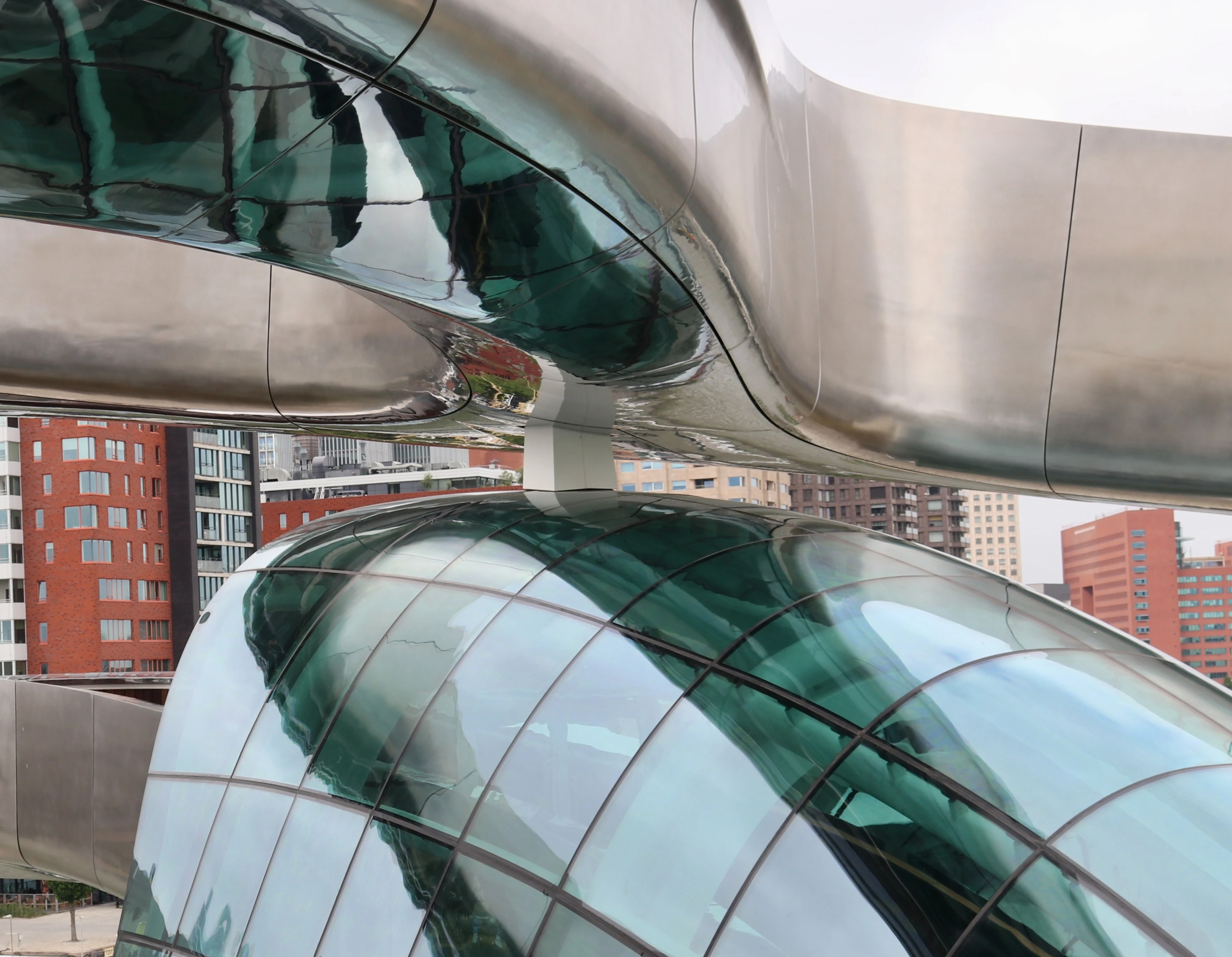
Dulux Study Tour 2025
Amsterdam
Our winners highlighted architectural parallels between the Netherlands and Australia, despite differing conditions in both countries.
Stacking the city
By Adair Winder
Australia and the Netherlands are both facing housing crises, but for opposite reasons. In Australia, urban sprawl is a key challenge, while in the Netherlands, the issue comes down to a shortage of available land. Despite these contrasting conditions, both countries share a need for urban densification. This common priority became clear to the recipients of the Australian Institute of Architects Dulux Study Tour 2025, who observed striking parallels between two nations dealing with very different circumstances.
Read more about the Amsterdam visit
Gallery photo credit: Adair Winder
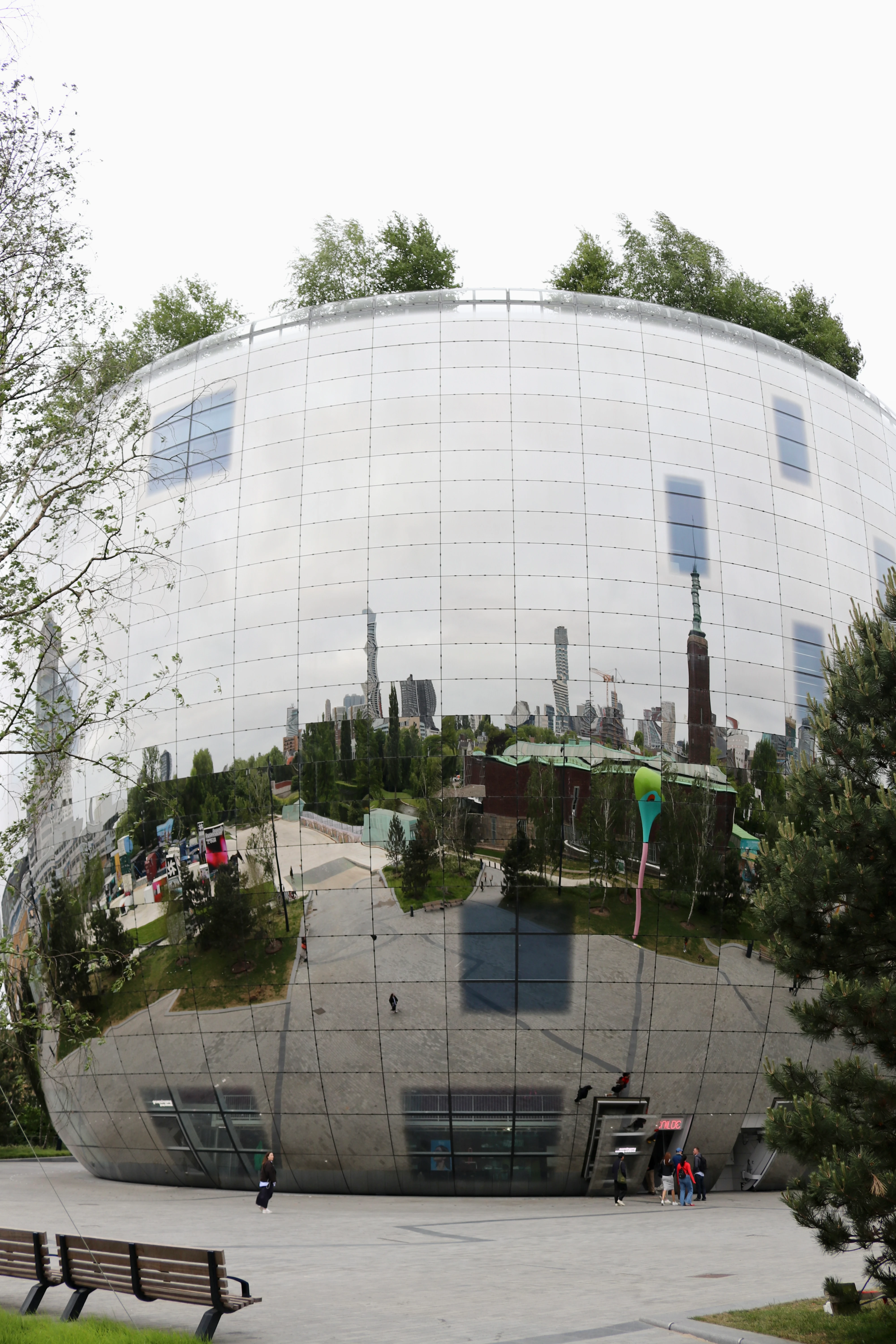
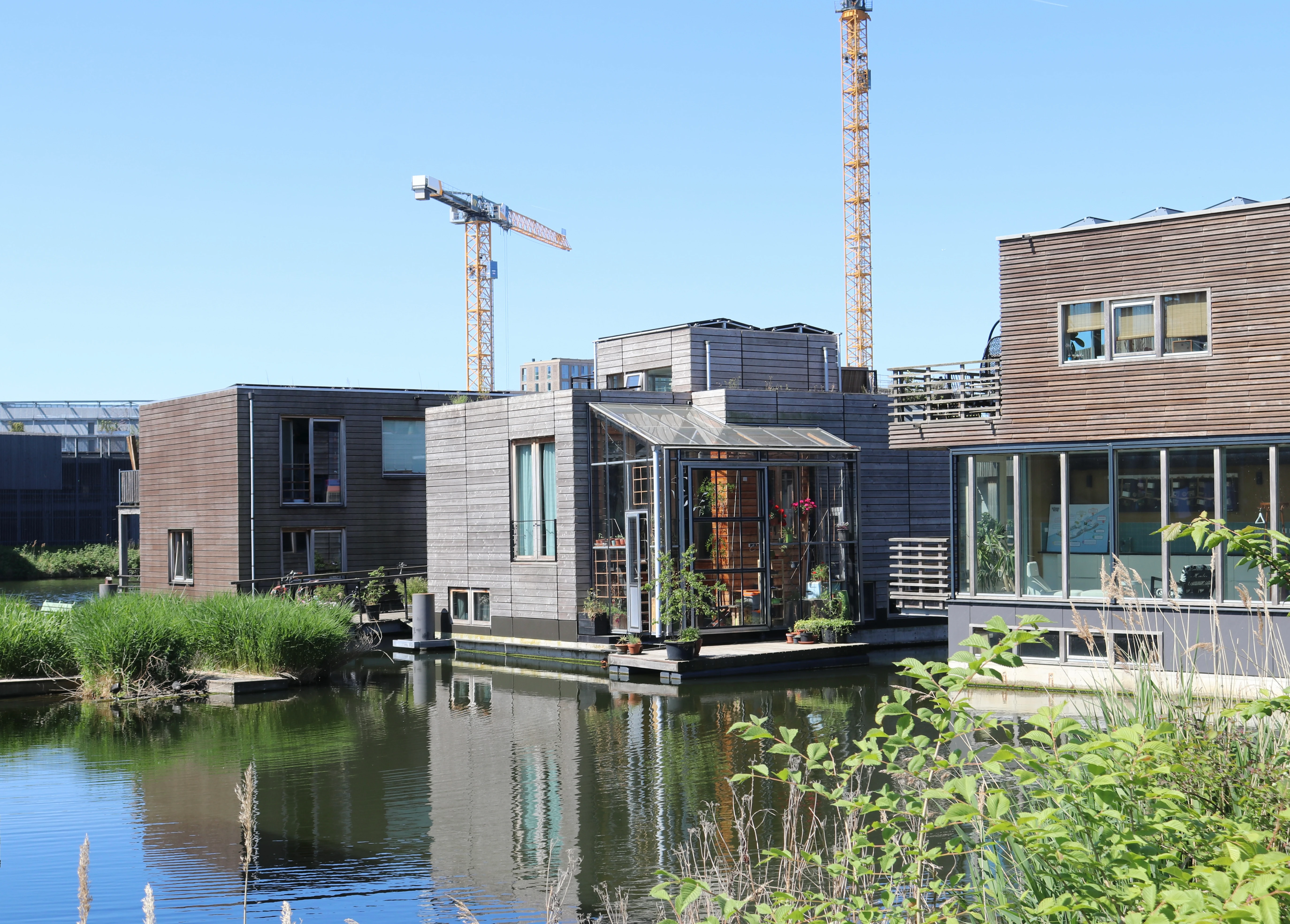
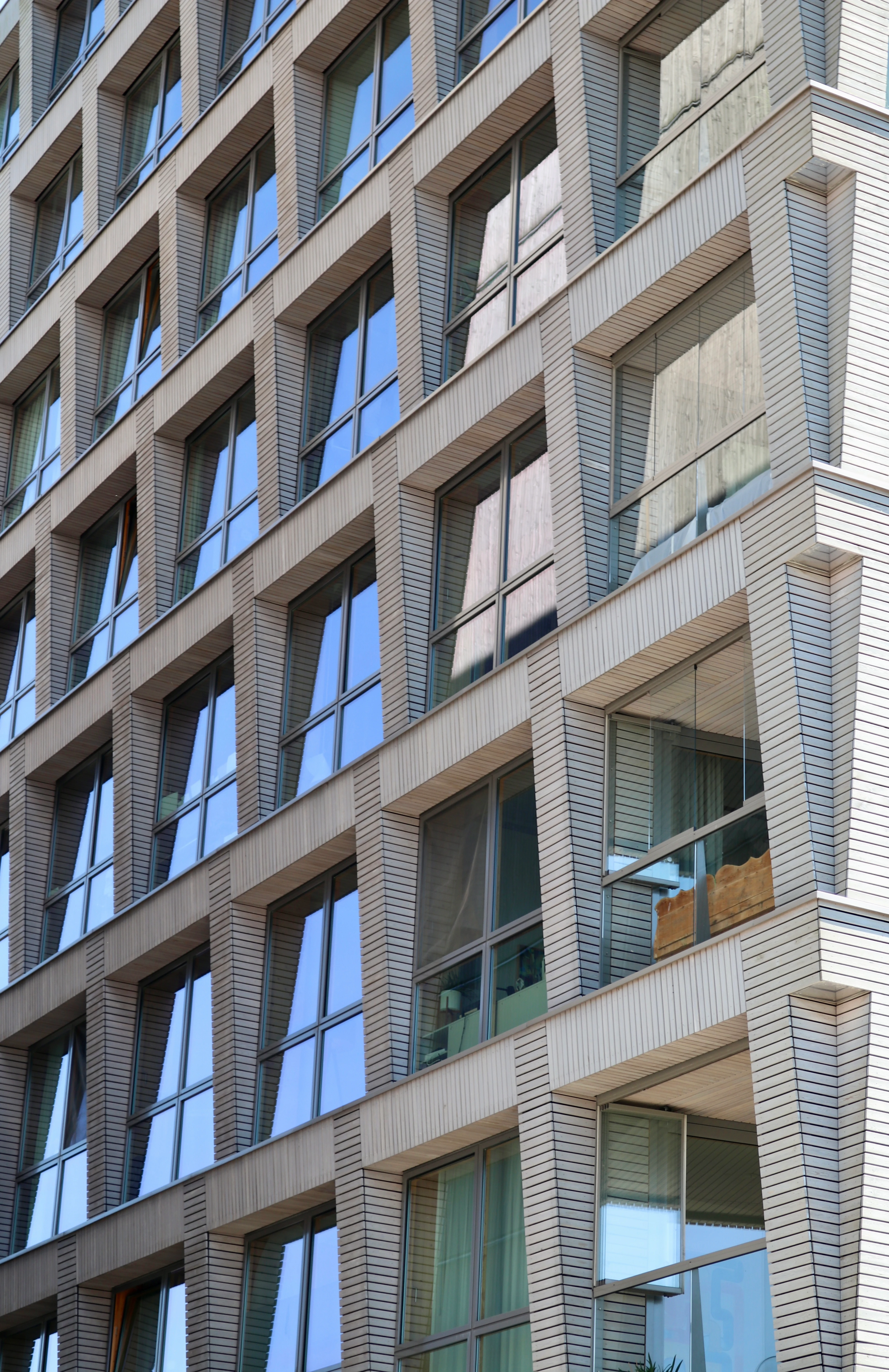
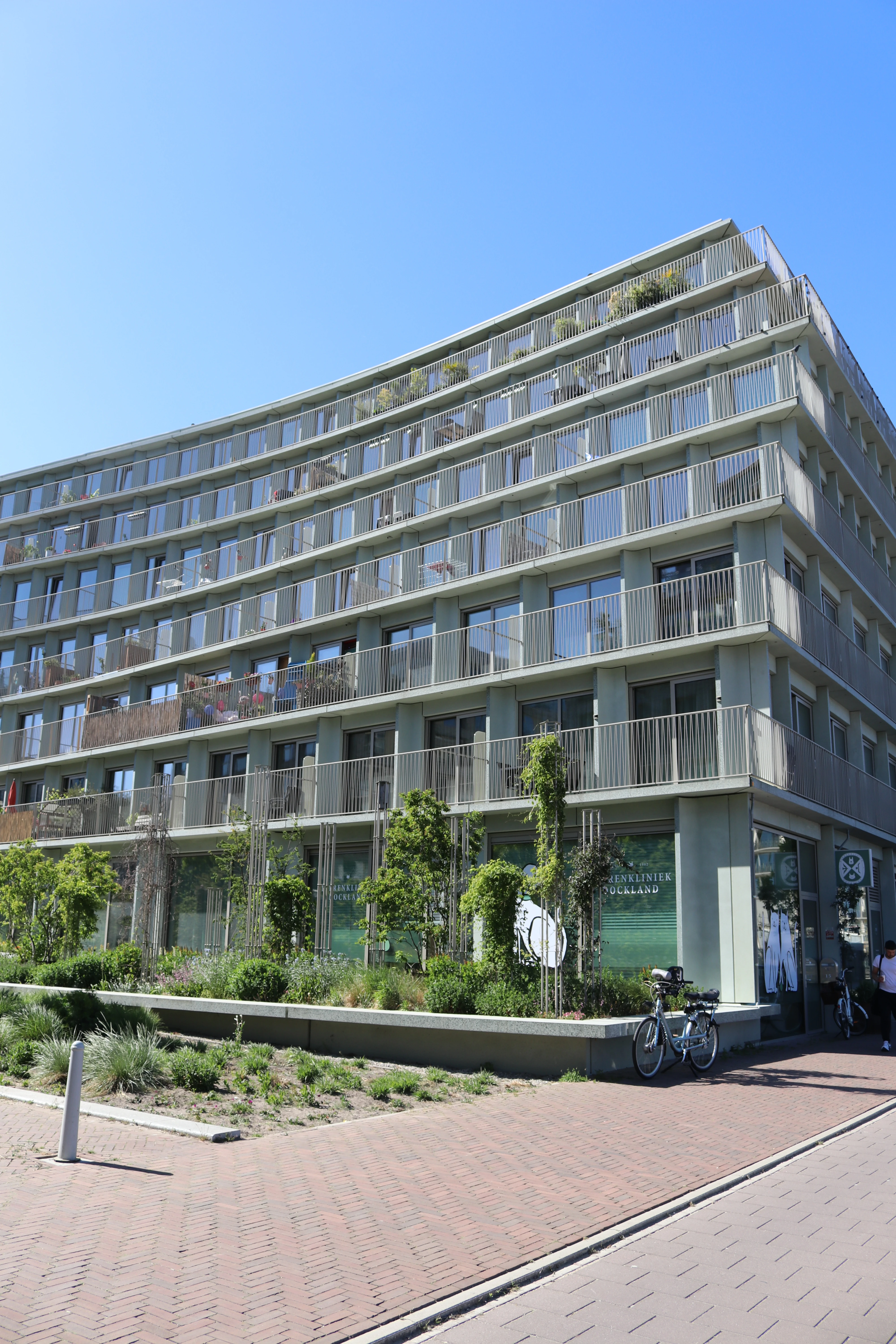
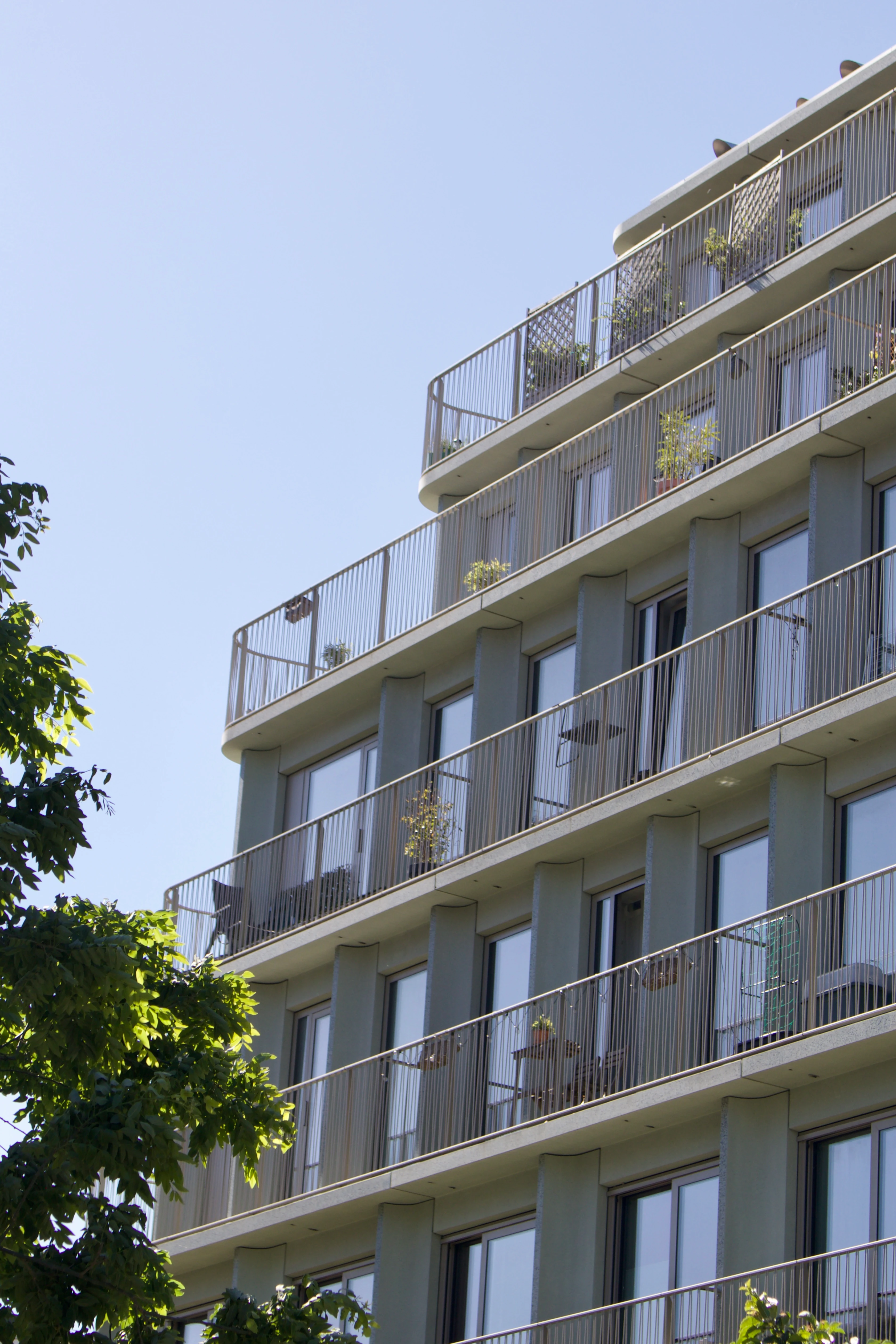

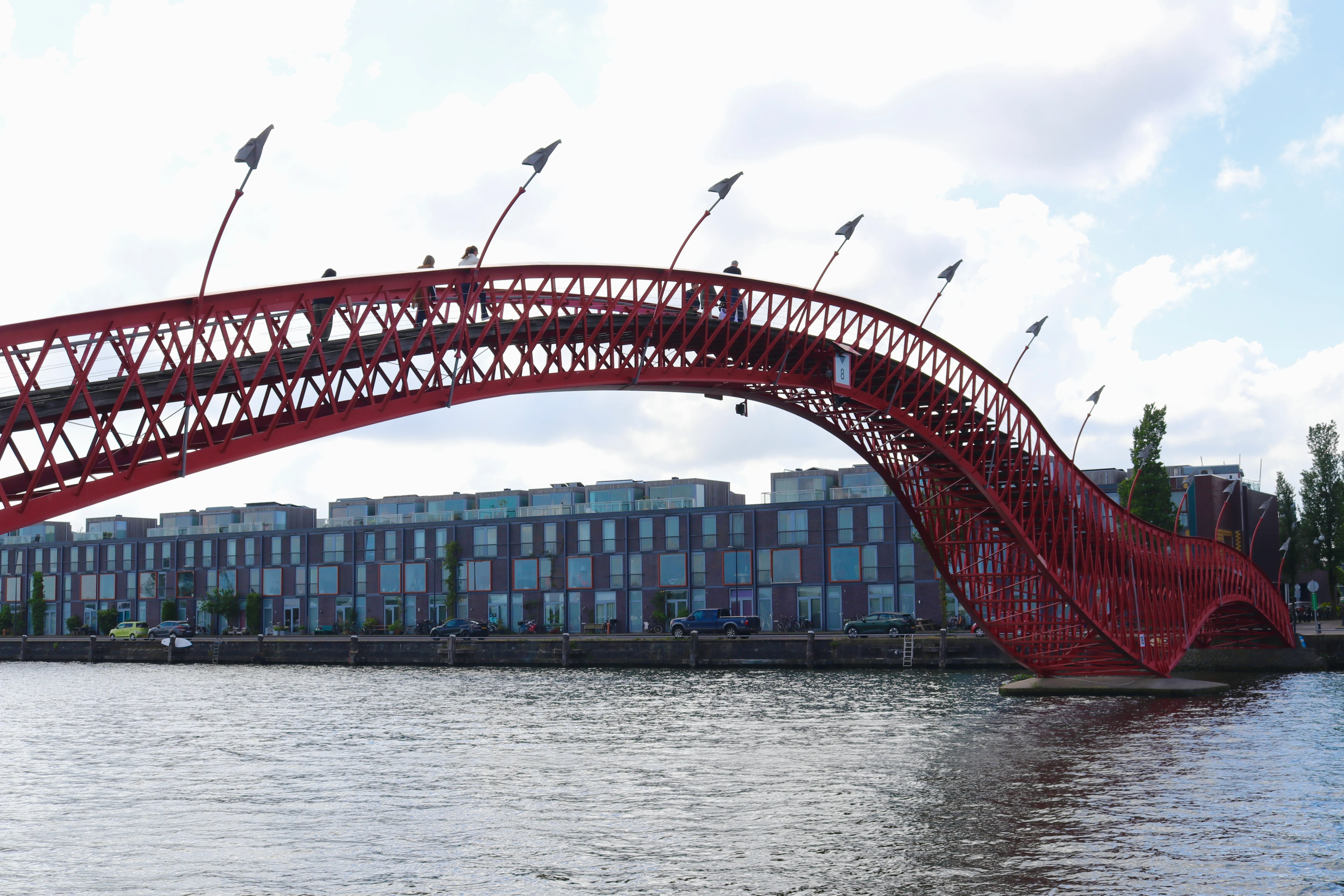
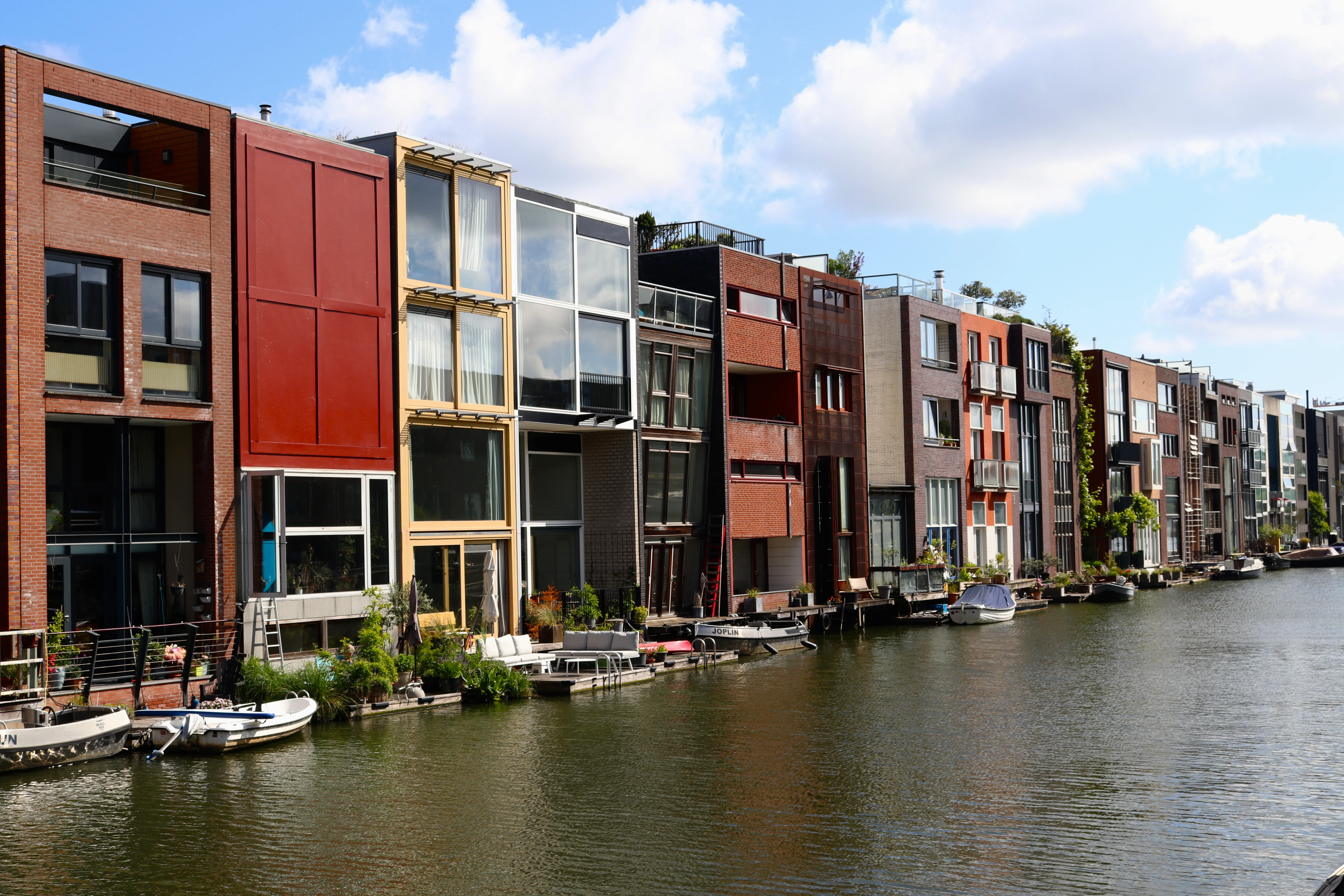

Reflections Day 4
A Bathroom in the City
By Jimmy Carter
It’s funny what you take out of a day.
After six hours on a bike looking at the insurmountable number of new housing in Amsterdam, one takes in a bathroom as the most poignant piece of architecture.
Amsterdam-Noord is not necessarily a place that houses the symbolic image of Amsterdam. The canals are few, the scale of buildings can be large, and the tight-knit streets are replaced with avenues of a breadth more in line with its industrial past. But with a skill and an openness to ideas both urban and unitary, it is clear the Dutch city is achieving housing outcomes that are well beyond Australian norms, and in an impressive numeracy.
Much of this area has been developed in the last 20 years through various approaches; from floating villages, to “superlot” towers for self-built apartments, to mega-blocks with an ingrained variety of program and scale. Yet while diverse, all are part of a scheme that seeks to maintain 35% social housing in the Netherlands, and most were rigorous in both quality of construction and spatial planning. There appeared little time in Amsterdam-Noord for frivolous material usage, and more time for a flexibility of spatial requirements through loose but exacting frameworks. In Victoria, public and community housing make up 2.8% of the households.
Inside a 50sqm studio apartment by NL Architects, room dimensions and spatial planning are not for singular use. The main area was sparse but plentiful, with windows and balustrades on two sides. Given the width of space, the apartment could be rearranged in multiple ways, with only the 3m wide kitchen bench dictating a certain occupation in a certain location. It was architecture that provided generosity through spatial specifics, not specific spaces.
Yet it was in the bathroom of this apartment that seemed the most emblematic of our tour around Amsterdam-Noord. Approximately 1.5m wide and 3m deep, the space was ample. The floor was clear of any door, toilet, vanity, structure or partition, and it was only penetrated by a lonely white sink waste. With such clear dimensions the room felt large, despite having no natural light. Everything hung from the walls, leaving the space to feel open and generous. Even the shower was a part of the room with no floor transition apparent and a curtain rail that provided water separation.
There was a small ledge above the basin for toothbrushes and pastes, while a different tiled ledge above the in-wall cistern provided a deeper shelf for bigger products and necessities. The occupant had ingenuously begun to hang objects (toilet paper, toilet brush, mop, hand towels, clothes rack) from hooks attached to rails on the wall, and any large storage was left for a closet at the entrance of the apartment.
The bathroom and larger apartment provided all the necessary requirements of life in a manner that was generous and sizeable, but also left space for the occupant to inhabit unhindered. There was a priority on spatial outcomes and a diversity within them, not necessarily a diverse number of spaces.
It is this attitude to housing, both individual and multi-residential, that appears so successful here. Provide space for people that is adequate in size to ensure the possibility of something not necessarily already envisaged. This is not new, or even special. But when it is done, housing and our idea of it becomes so much more.
Gallery photo credit: Jimmy Carter
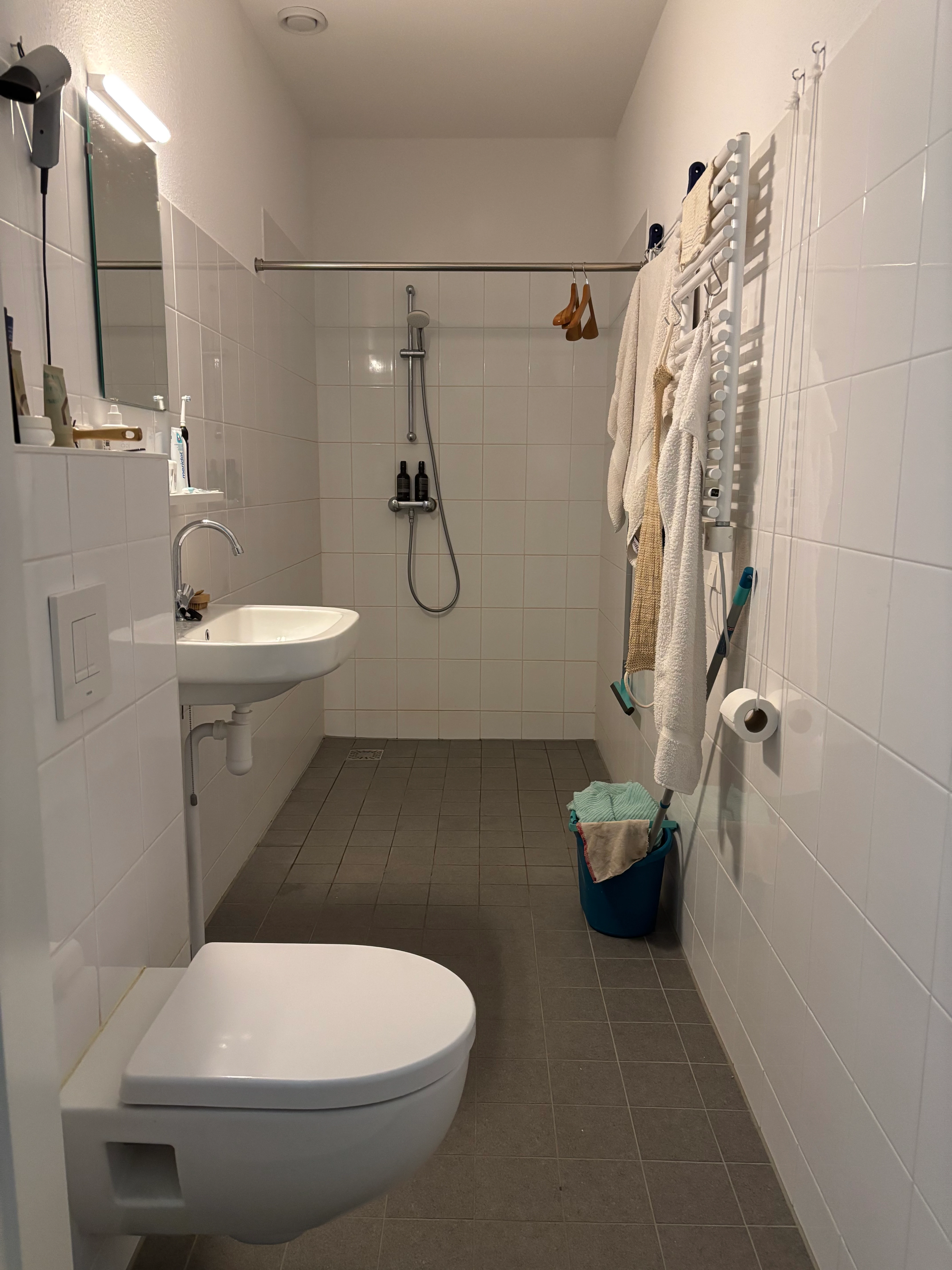

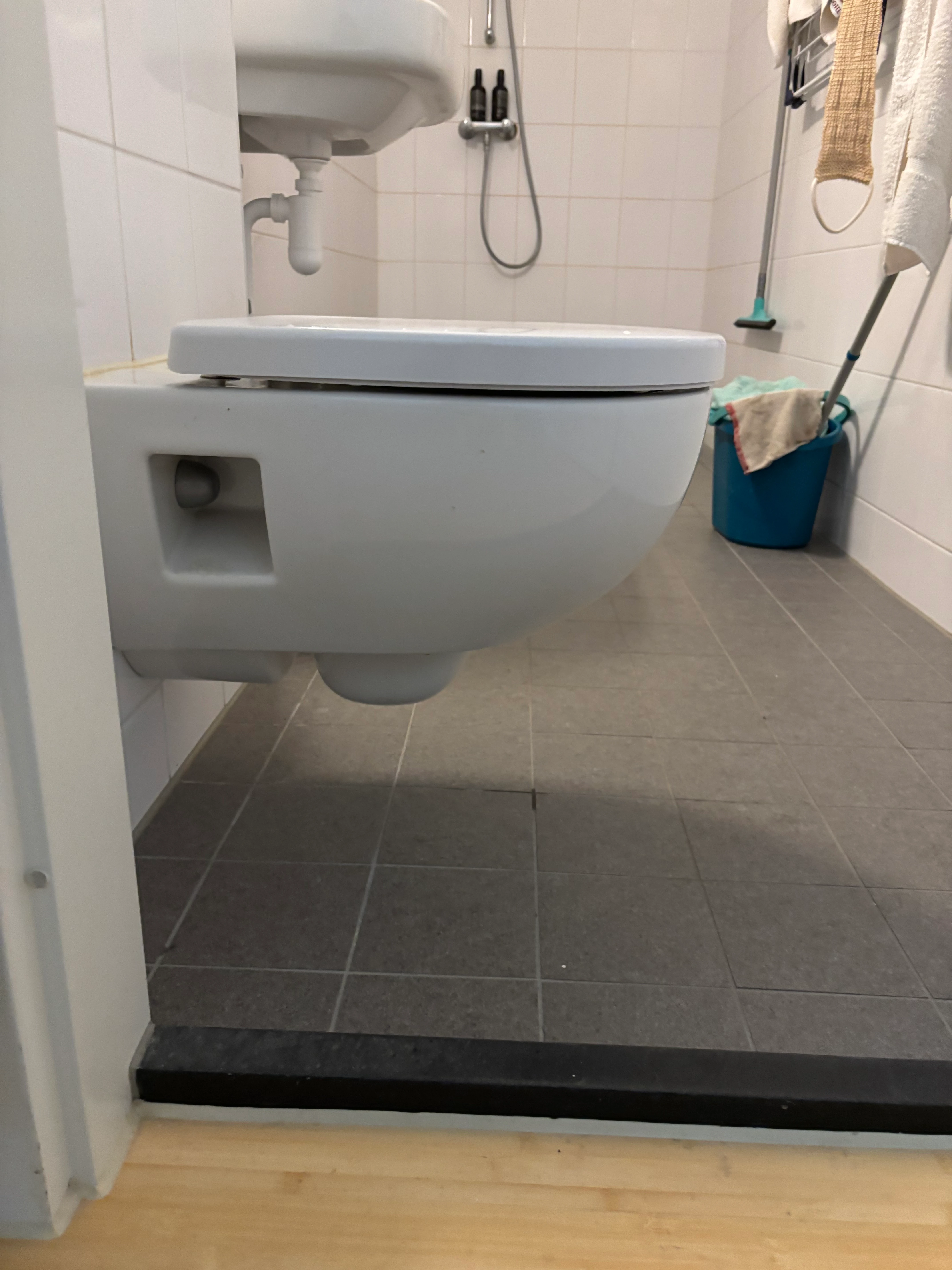

Reflections Day 5
Curious Cities
By Gumji Kang
Walking through Rotterdam feels like wandering through a city that is both self-assured and perpetually curious. On day five of the Australian Institute of Architects Dulux Study Tour, this day stood out – not just for its striking architecture, but for the layered conversations that emerged around it.
Rotterdam’s cityscape is shaped by history, resilience and a spirit of experimentation. Bombed flat during World War II, the city had no choice but to rebuild – and did so with an openness that is rarely seen at this scale. What’s fascinating is how this legacy has translated into a design culture that embraces bold ideas without being paralysed by over-regulation. There’s something refreshingly direct in how architects here speak about their role – not just as designers, but as facilitators getting on with design.
Throughout the day, I kept returning to one question: how do we, as architects, hold space for diverse dialogue while navigating increasingly rigid frameworks? We met with practices that reminded us that great architecture isn’t born from compliance – it emerges from genuine engagement with context and a curiosity to experiment. Regulation exists, yes – but it’s not the starting point for creativity. It’s a checkpoint, not a destination.
One recurring theme struck me deeply: many described their role not as “problem solvers” but as storytellers, weaving multiple voices into place. That feels especially resonant in our own context, where the profession often feels hemmed in by liability, bureaucracy and a shrinking sphere of influence. We forget, perhaps, that our power lies not only in what we draw, but in how we narrate. Architecture is the craft of shaping stories – of memory, place, people and future potential. And when those stories are compelling, others listen – and act
Rotterdam reminded me that architecture doesn’t have to shrink in the face of complexity. It can grow more generous, more layered, and more relevant – if we allow ourselves to stay curious, listen better and speak up when the frameworks no longer adequately support the communities we design for.
This day reinforced the importance of international perspectives, not as a blueprint, but as a mirror – reflecting what we’re doing well and where we risk losing sight of our agency as architects. And perhaps most importantly, to remember that amidst the reports and planning overlays, the human scale – of conversation, joy and collective ambition – still matters most.
Gallery photo credit: Gumji Kang
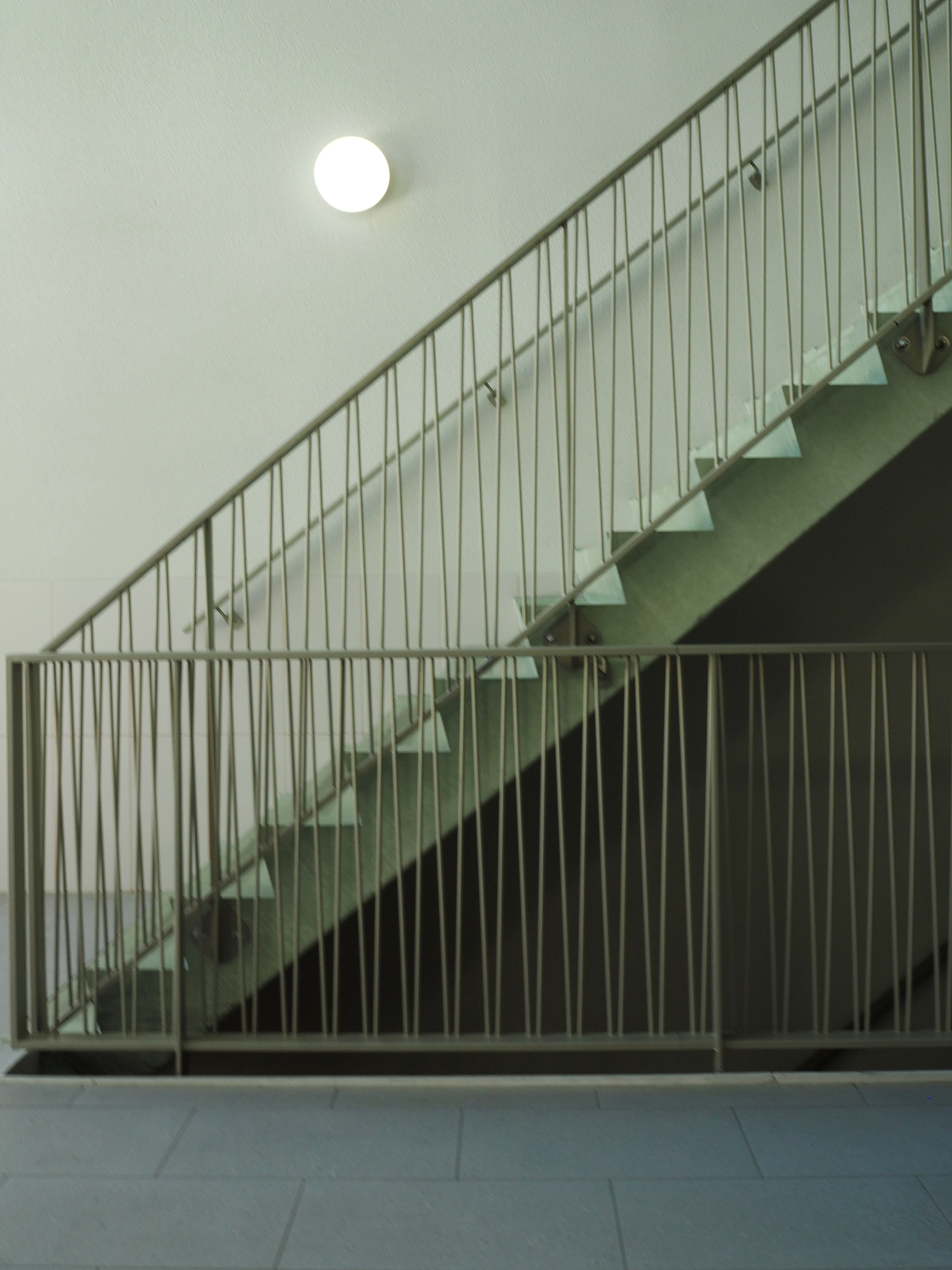
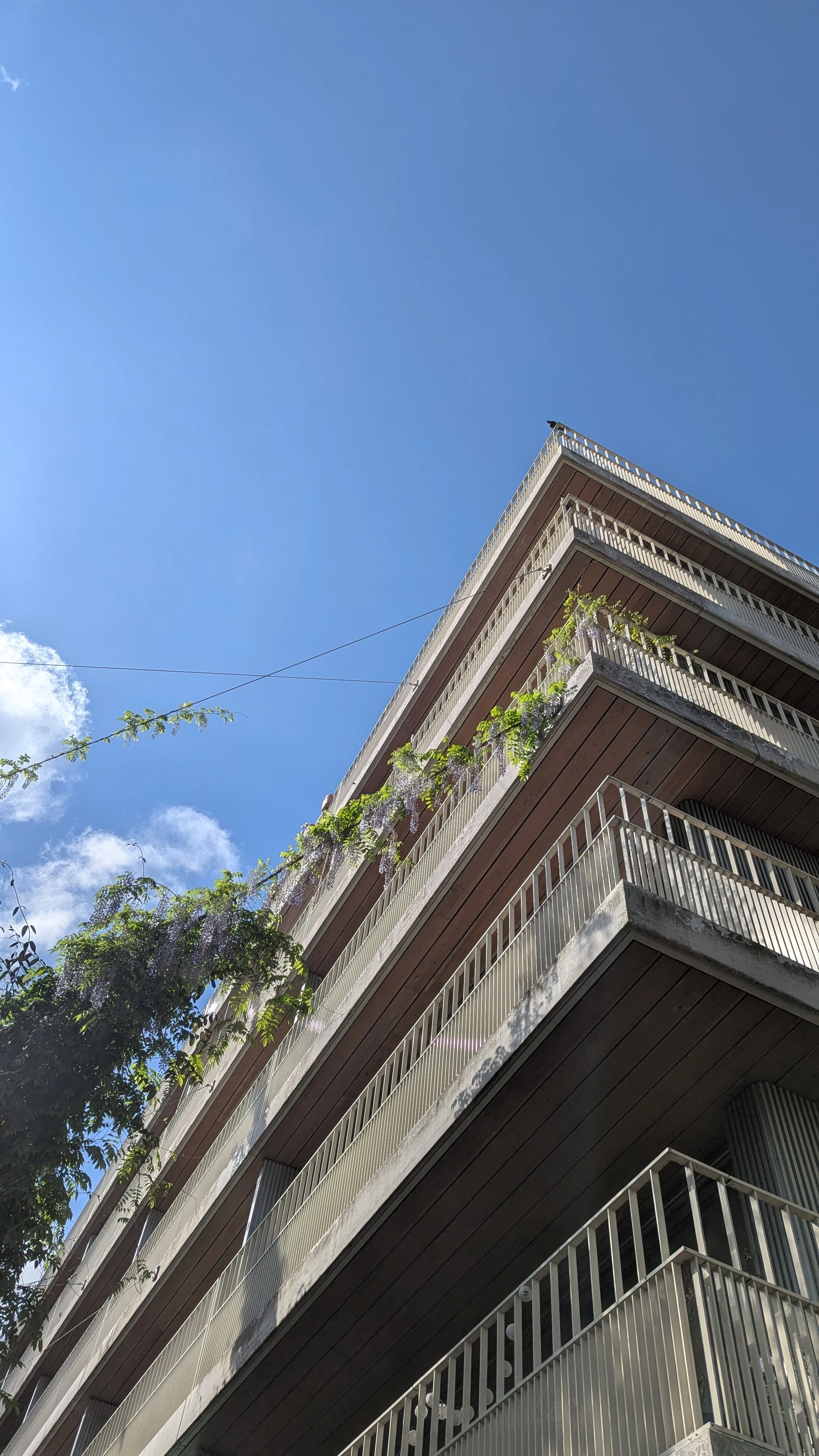
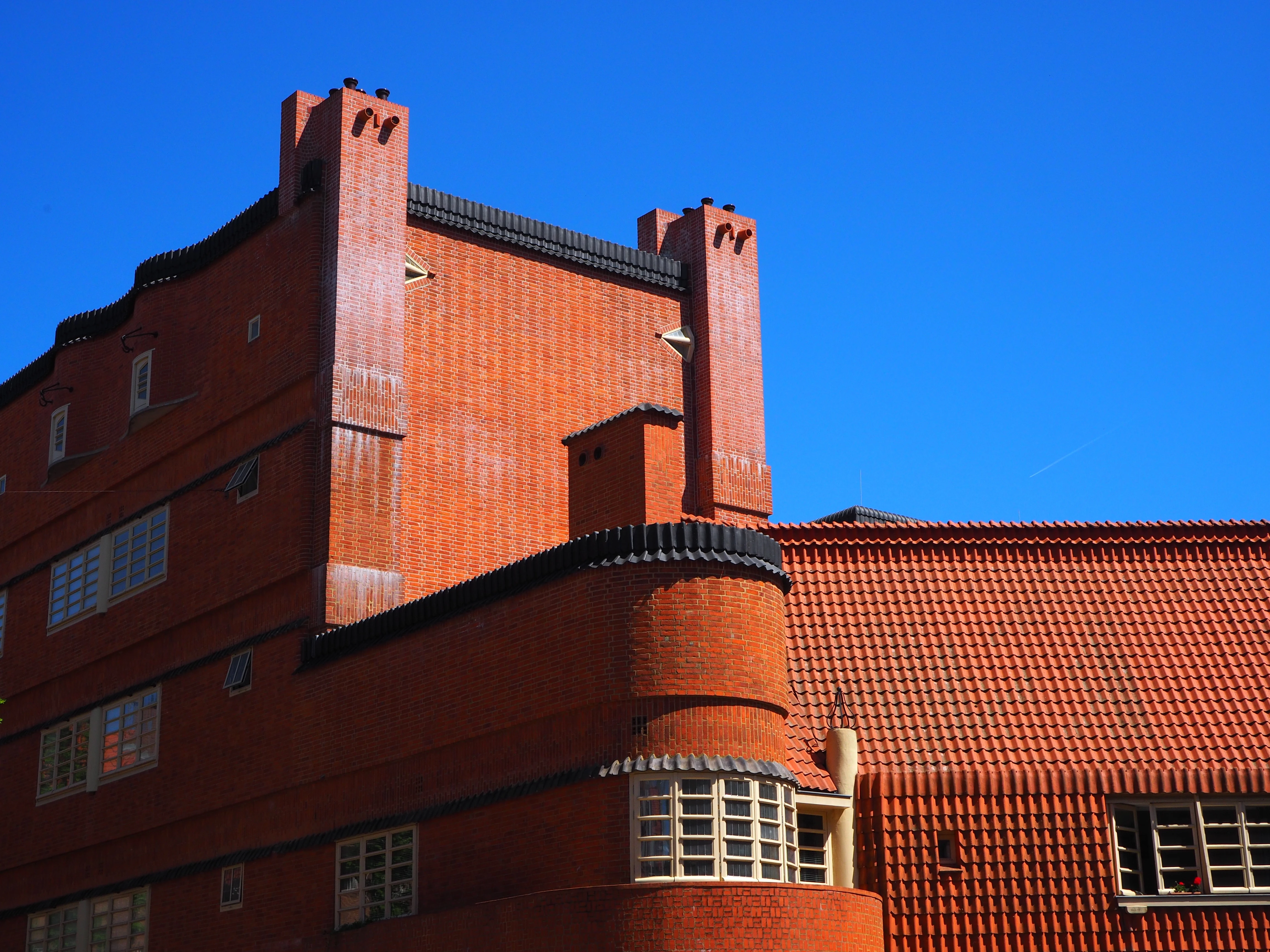


Reflections Day Six
Contemporary Urbanism in Amsterdam
By Marni Reti
The ethos that urbanism should not develop beyond the city out of respect for the landscape and natural resources, which are already diminishing and precious, led our tour through Borneo-Sporenburg with West 8 creative director Daniel Vasini. It served as a case study on how urbanism can evolve without expanding – how it can respect, rather than encroach upon, the natural landscape. Back home, architects, urban planners and academics have been debating urban sprawl and density for decades. The expansive land mass in Australia, often viewed as attainable and an entitlement to own and occupy, has frequently been regarded with little thought given to Country. This master plan was instead designed to demonstrate a low-rise, high-density example that centres people and accessibility to opportunity.
Borneo-Sporenburg, designed by West 8 in collaboration with more than 100 architects in the between the mid-1990s and 2000, was a bold response to postmodernism and suburban flight. The goal: to keep people living in the city by designing housing that was dense, liveable and appealing to young professionals – without sprawling into the Dutch countryside. It was a socialist, left-leaning urban strategy underpinned by government commitments to public housing, not market forces.
When urban sprawl is our default response to growth, suburbs stretch endlessly outward, and density is framed as compromise. But Borneo-Sporenburg offers a different model: one that shows how generosity, liveability and density are not mutually exclusive. It reminds us that designing for people within the limits of a city – rather than pushing beyond it – isn’t just possible, it’s preferable.
Instead of creating isolated apartment blocks, the plan delivered over 2,000 low-rise, high-density dwellings across a 6 kilometre waterfront. It fused the DNA of the typical Dutch row house – narrow and long with skylights and patios – with new urban rhythms. According to Vasini, the built form embraced a “garage, light well, tree and rooftop” formula, rotated and shifted to open view corridors and create asymmetry. Pier extensions reached into the IJ River, turning prime real estate into civic space.
Landscape was never an afterthought. Pockets of greenery in sidewalls softened facades while kerbs, asymmetrical tree planting and minimal intervention formed a streetscape where the proportion of building to street echoed the intimacy of New Orleans’ French Quarter. The public realm was treated not as leftover space but as vital connective tissue. Shared spaces, playgrounds and wide pavements sparked appropriation and everyday life.
asini reminded us that urban design isn’t about over-control – it’s about inspiration. “We leave space in the plan to spark the imagination,” he told us. “The beauty of our profession is that we make simple spaces with nothing.”
The design guidelines were strict on massing and use but materials were left open to interpretation through workshops, resulting in a vibrant mix of facades sharing construction systems. This balance between structure and freedom made the project possible – and deliverable – at city scale. Granted, the context is very different today – as seen in the changing demographic of the area. However, the masterplan’s intent and design output prioritised design diversity to build better communities, bending the threshold between public streetscape and private living with activated architectural frontages.
Borneo-Sporenburg isn’t just a housing project; it’s a manifesto for contemporary urbanism: dense but humane, structured but poetic. It is a provocation: What would it mean to refuse expansion? To design within our limits? To hold space instead of consuming it?
While we continue to push our cities outwards, clinging to the illusion of affordability and freedom through sprawl, this project offers a compelling counterpoint. A low-rise, high-density model that respects landscape, fosters community and doesn’t compromise on design integrity.
Gallery photo credit: Marni Reti

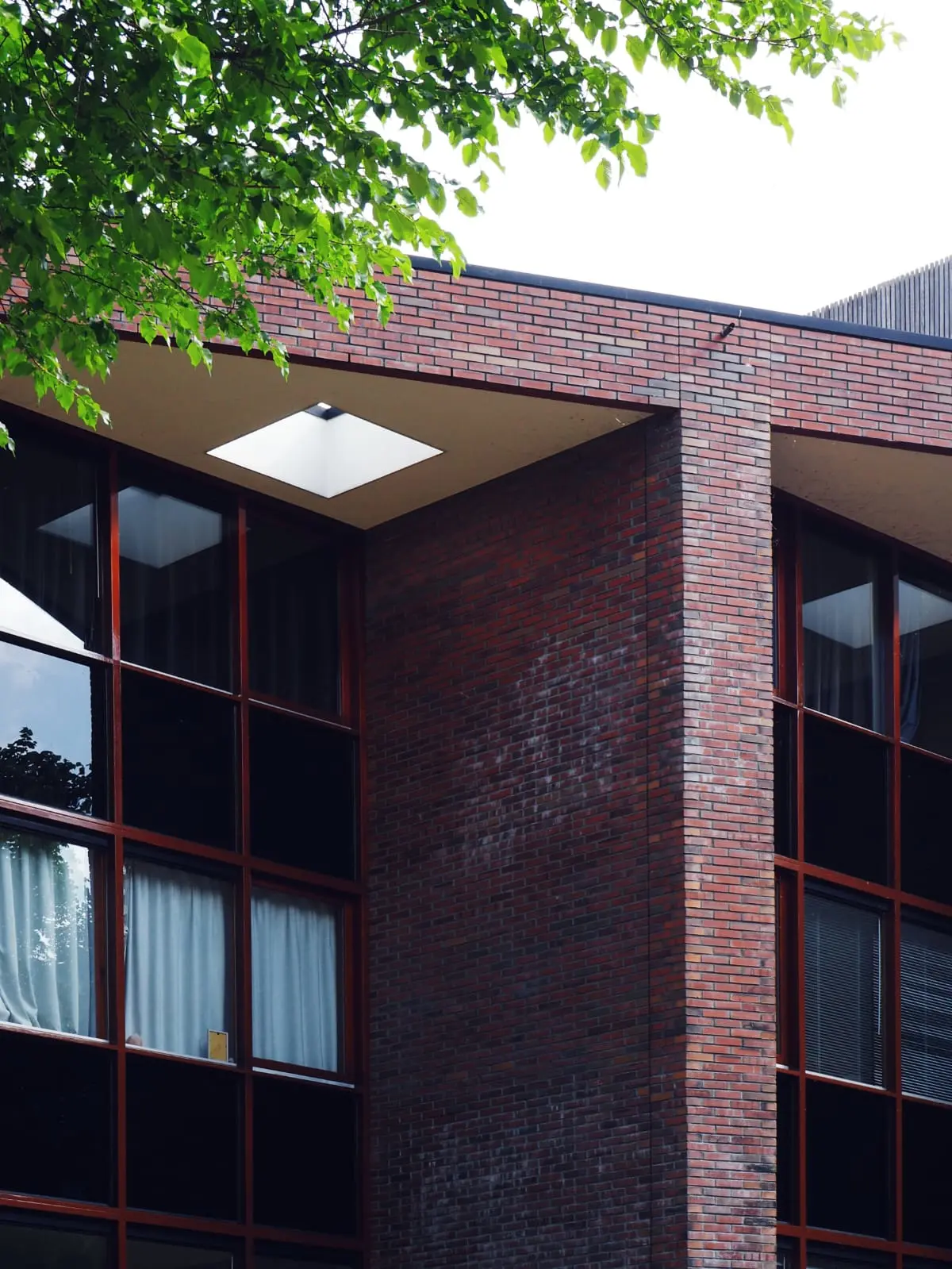


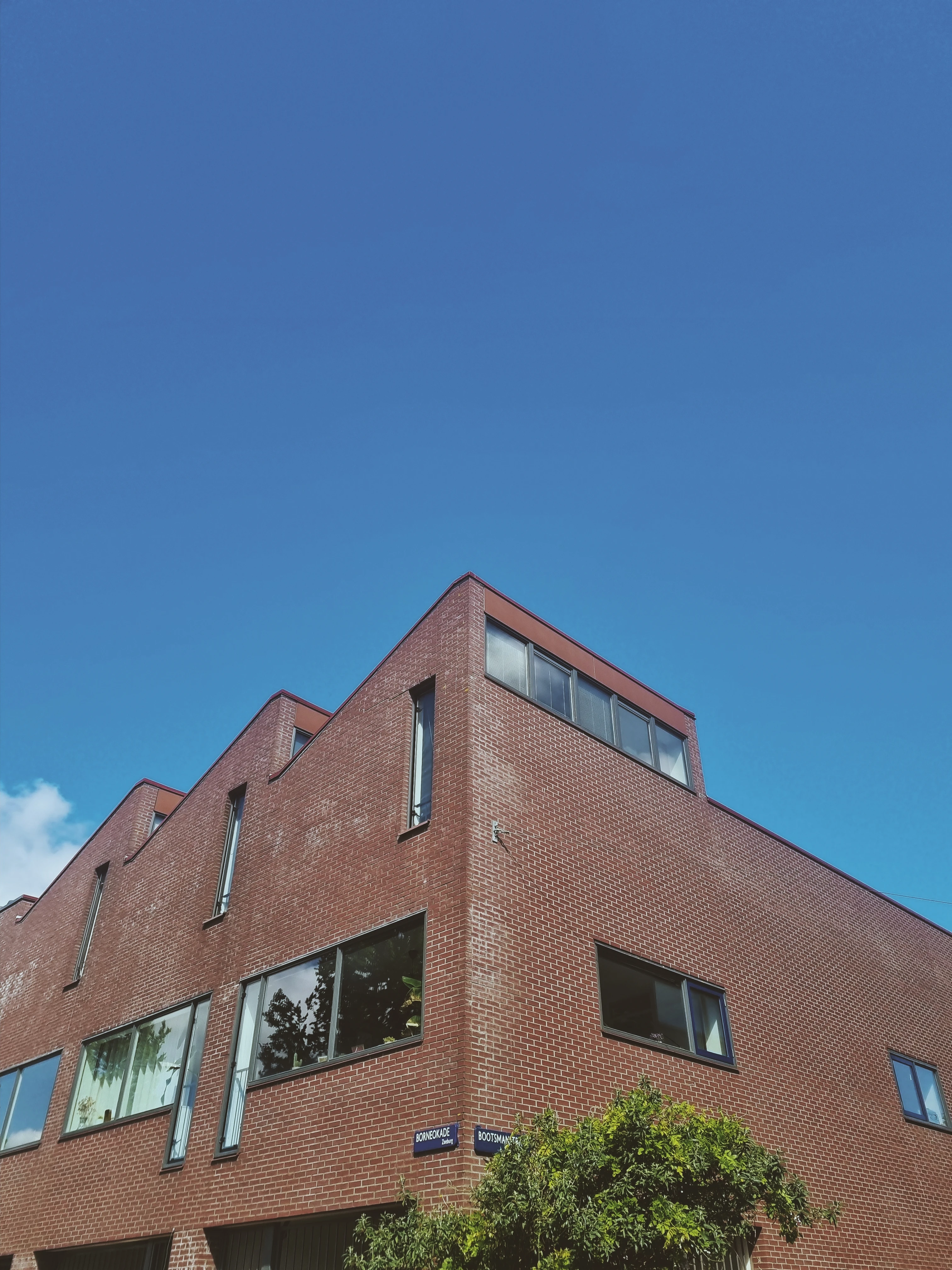
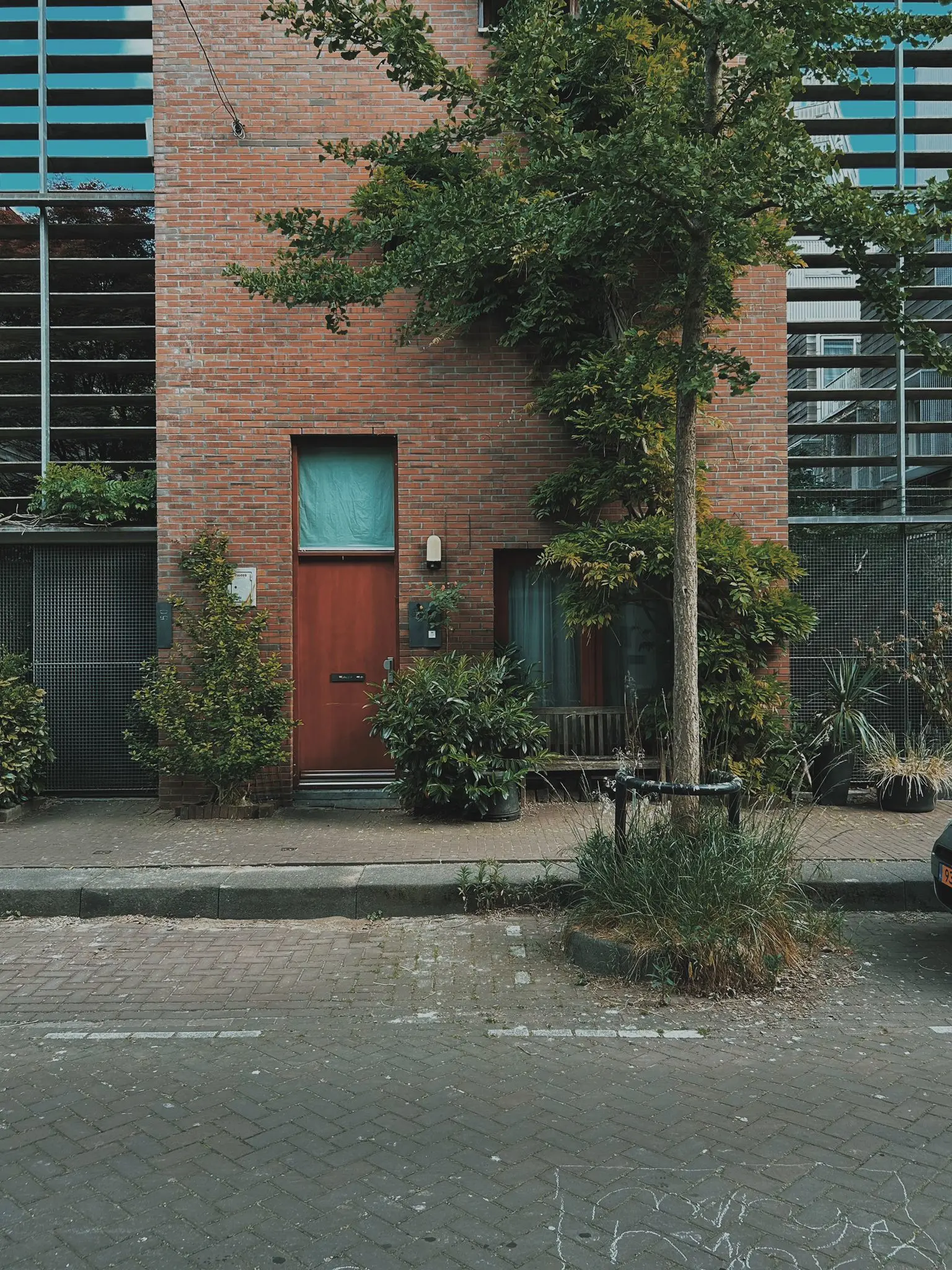
Dulux Study Tour 2025
Our winners
Meet the five architects experienced the trip of a lifetime on the coveted 2025 Dulux Study Tour featuring visits to significant architectural sites and design practices in Copenhagen, Amsterdam and Barcelona.
Pictured from left: Marni Reti, Kate Shepherd, Nicholas Souksamrane, Gumji Kang and Jimmy Carter.


